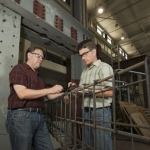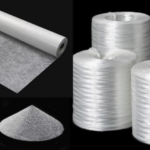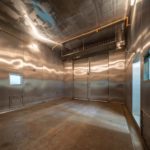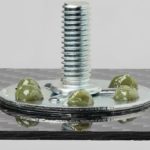University of Delaware researchers are developing an imaging technique to better monitor the structural health of aging civil infrastructure.
Erik Thostenson is an associate professor in mechanical engineering at the University of Delaware’s Center for Composite Materials. He’s also co-author of a study that looks at finding and localizing damage in structures.
“I think just on a broader scale, the infrastructure in the country is aging and I think one of the things is with limited budgets you need to put resources where they’re needed and that’s why there’s this whole broader interest in monitoring of structural health,” Thostenson said.
In the study, Thostenson, Hongbo Dai, Gerard J. Gallo and Thomas Schumacher placed a skin composed of a carbon nanotube composite on the outside of a structure to find underlying damage.
“The carbon nanotubes act as a distributed sensor that we can apply to structures and based on the response from the carbon nanotube-based sensors that we’re manufacturing, we can tell if something has changed.” Thostenson said.
Carbon nanotubes are essentially very tiny carbon fibers that conduct electricity. If they are formed correctly into a composite they can create a nerve-like network in the material. Thostenson said researchers can use that network to find deformation or damage by measuring changes in the electrical conductivity of a structure.
“You know, if a bridge starts to fail, if damage or cracks, if (it has) damage or cracks, this is an early warning system, potentially,” Thostenson said.
Thostenson and his fellow researchers’ work detecting early onset of damage in a large structure was outlined in a paper published in the Journal of Nondestructive Evaluation.
Though they can find damage with the carbon nanotube sensing skins using electrical impedance tomography which generates an electrical conductivity map, Thostenson said their ongoing research is looking at new methods to better localize and detect damage size.
Caption: Erik Thostenson (left) and Thomas Schumacher are part of a research effort to detect structural damage using electrical impedance tomography.













